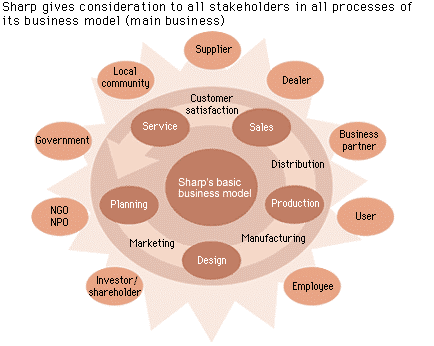by Justine Alford
A key region of our brain’s reward circuit can be rewired by chronic pain, according to anew study. Although only demonstrated in mouse models of disease so far, encouragingly the study found that a combination of two FDA-approved drugs was able to restore harmony in this region and reduce the animals’ symptoms. The discovery could therefore point us towards a new strategy for treating or perhaps even preventing chronic pain, a condition that affects around 20 percent of the global population.
The brain region this study was concerned with is called the nucleus accumbens (NAc), located in our basal forebrain. Whenever we engage in pleasurable activities, like eating, having sex, or taking drugs, a bundle of neurons that projects to the NAc fires, flooding this area with the chemical dopamine. It’s this response to rewarding behaviors that is the main reason the NAc has been implicated in addiction. But pleasure isn’t all the NAc is concerned with: It’s long been proposed to have an involvement in the representation of pain. For instance, studies have indicated that one of the NAc’s two main components, the shell, might be involved in the evaluation of impending pain.
Although a well-studied area of the brain, much research has neglected to examine how the NAc actually responds to pain, knowledge of which could potentially lead us down new treatment avenues. Researchers from Northwestern University in Illinois therefore decided to look into this further, using rodent models of neuropathic pain – chronic pain that’s normally associated with damage to the nervous system. These rodents were also engineered to produce red and green marker molecules in the neurons that make up the NAc’s pathways, so that changes could be monitored.
Described in Nature Neuroscience, the team found that following nerve injury, neurons in the rodents’ NAc became more excitable – basically easier to fire. Furthermore, the neurons displayed altered connectivity, showing stronger connections with other brain regions within just a few days following the injury that culminated in a chronic pain-like state.
“The study shows you can think of chronic pain as the brain getting addicted to pain,” study author A. Vania Apkarian said in a statement. “The brain circuit that has to do with addiction has gotten involved in the pain process itself.”
Connections between neurons become altered in the NAc following injury. nobeastsofierce/Shutterstock
Interestingly, the team actually found that this remodeling of the NAc was linked with a dip in dopamine levels, indicating that altered dopamine signaling is involved. A commonly used Parkinson’s drug, L-DOPA, works by boosting dopamine levels in the brain, so the team reasoned that this could be an effective way to reverse these changes. Indeed, when combined with a pain medication, a non-steroidal anti-inflammatory called naproxen, the injured animals stopped displaying behaviors of chronic pain. Additionally, a drug that stimulates dopamine neurons was also found to exert a similar effect.
“It is remarkable that by changing the activity of a single cell type in an emotional area of the brain, we can prevent the pain behavior,” study author Marco Martina said in the statement.
Perhaps unsurprisingly, these treatments were most effective when administered relatively soon after injury, so the team is now planning a clinical trial to see if similar regimens can help humans suffering from chronic pain. And that could be a significant development, given that most current therapies aren’t that effective.


